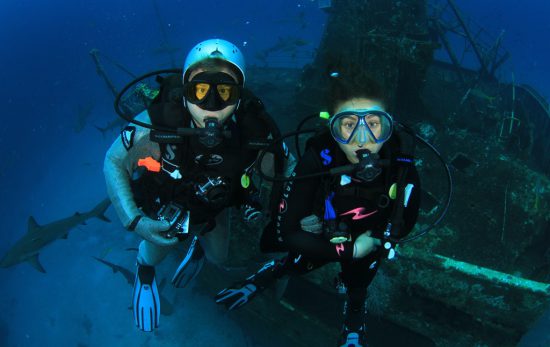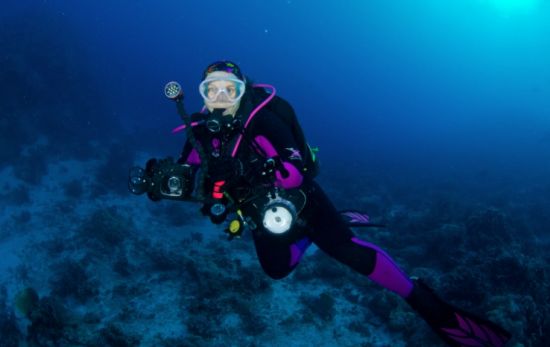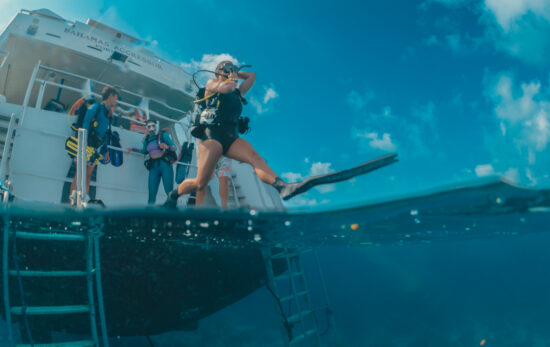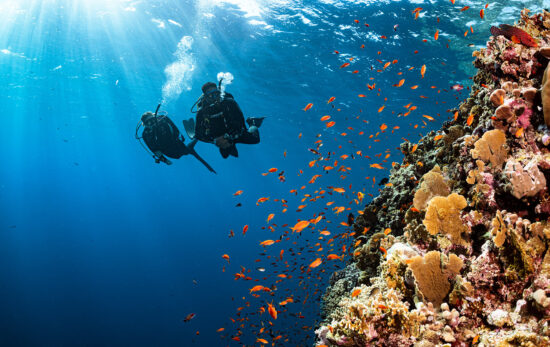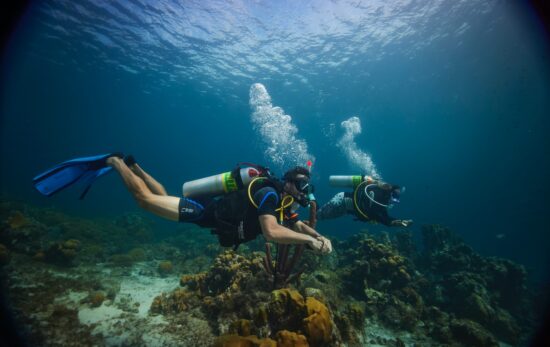Just because the winter months bring colder temps, that doesn’t mean you can’t up your game by getting some new certifications under your belt. Here are five PADI® Specialties to help you dive into the warmer seasons with a little more spring in your step.
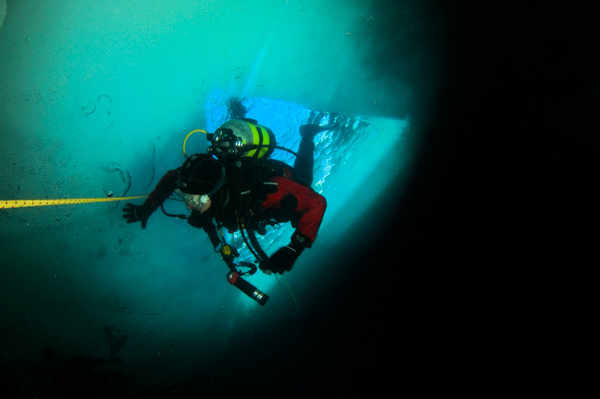
- Ice Diver: What better time to get into the winter spirit than with some ice diving? What’s even cooler is that many cold-water dive sites like the Silfra Rift in Iceland, offer crystal clear conditions with impressive visibility. The Ice Diver course is great for anyone who wants to take their adventure options to the next level by learning about different types of ice, the effects of cold water diving, safety procedures, and how to use ice diving equipment and safety lines.
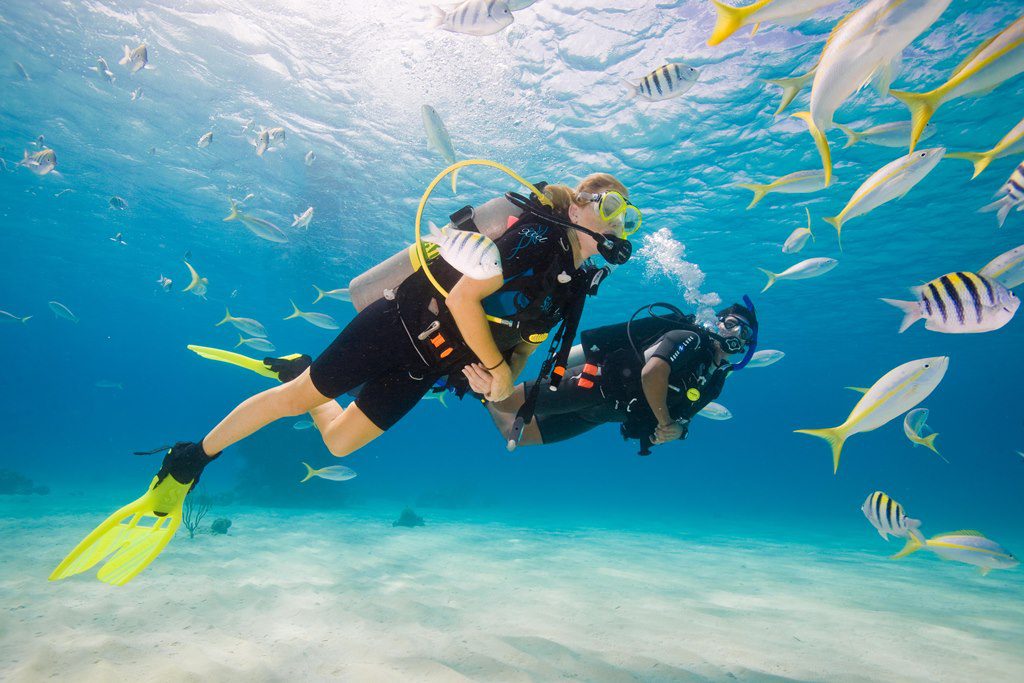
- Enriched Air Diver: There will most definitely come a time during a dive when you wished you had a few extra minutes underwater. By using the skills learned from the Enriched Air Diver course, you will typically be able to dive longer, enjoy a shorter surface interval and get back in the water sooner. This course also contains optional dives and therefore is a perfect specialty to take during the colder months of the year.
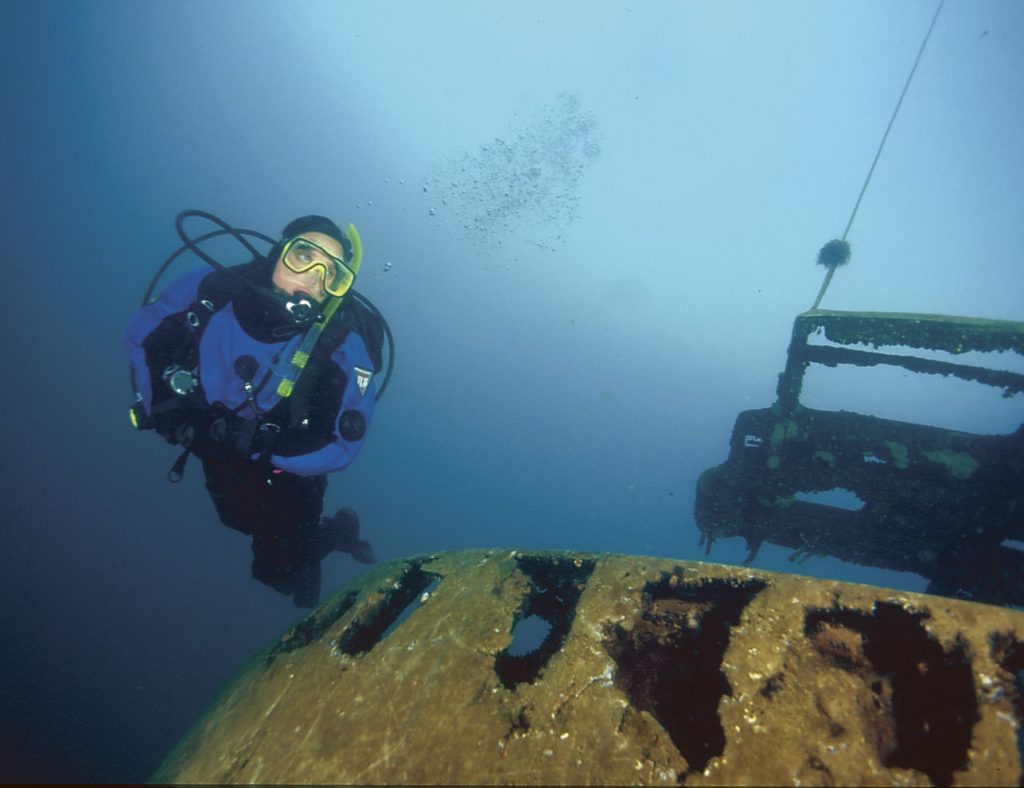
- Dry Suit Diver: There’s nothing worse than ending a dive because you’re cold. The Dry Suit Diver course will not only ensure you stay toasty when you’re in colder conditions, but you’ll also be able to decide which drysuit style is best for your needs, how to maintain your suit, master buoyancy control and understand the proper dive safety procedures. And with all of that knowledge, it’s nice to know you won’t have to worry about calling a dive because you’re cold any time soon.
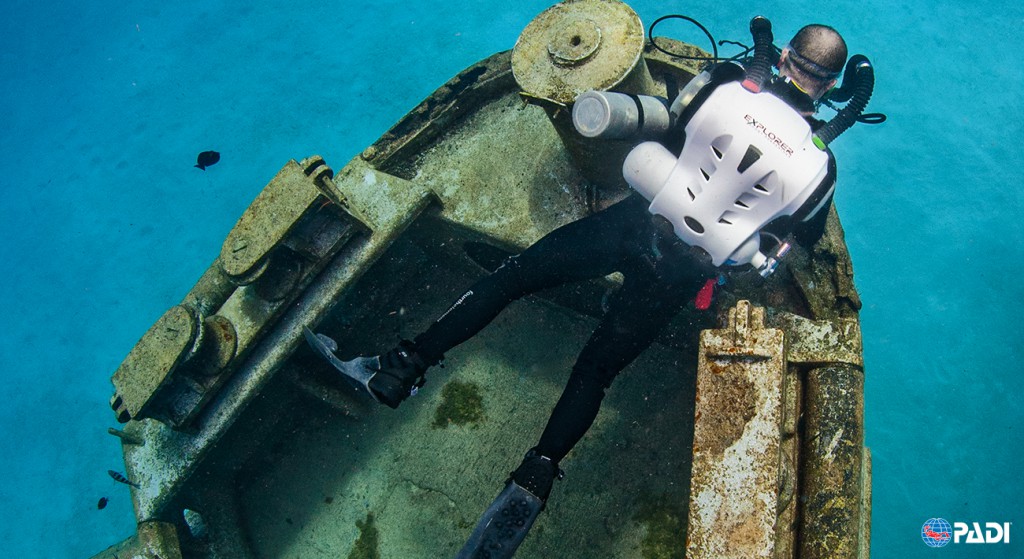
- Rebreather Diver: Don’t let the technical aspect of a rebreather course intimidate you, especially since diving without bubbles allows for up-close encounters with critters. A six-dive course helps students to understand the manufacturer’s settings for the specific rebreather they are using, how to conduct proper predive checks, bubble checks, displays and gauges, maintenance as well as how to prevent and handle emergency situations. Then, you can just spend your time enjoying the perks of diving with a rebreather: longer no stop limits, reduced gas consumption and lots of fish.
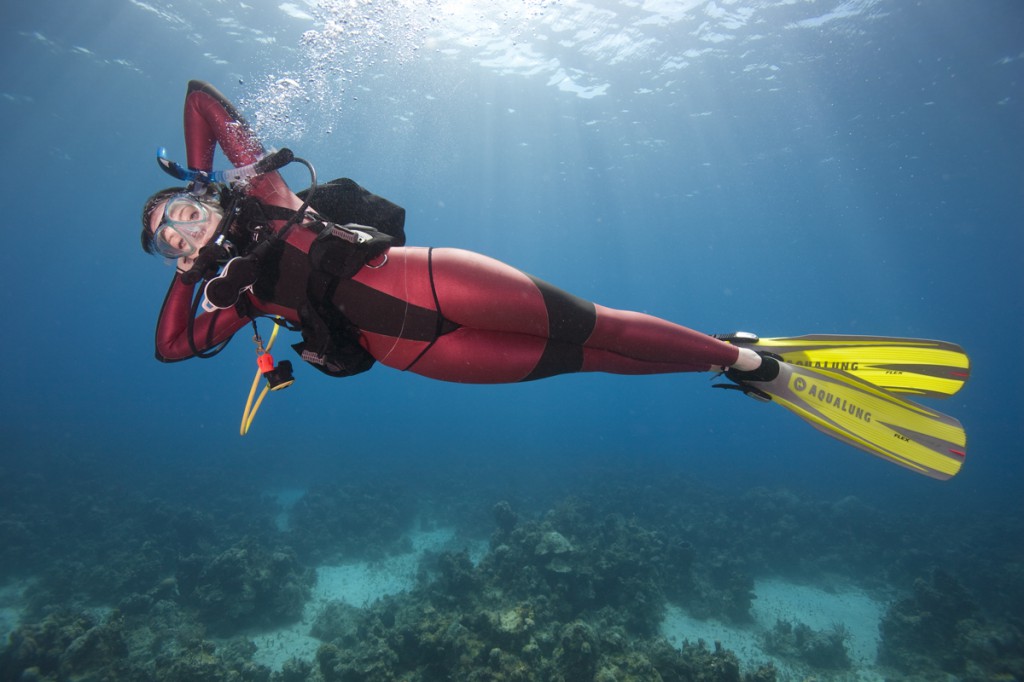
- Peak Performance Buoyancy: Having the skills to maintain a perfect buoyancy will not only help you maintain your air consumption but you’ll be less likely to bump against the reef. In turn, you’ll also find the overall diving experience to be much more relaxing. This two-dive course helps divers to whittle down their weight system, learn how to streamline in order to use air more efficiently and how to master the art of hovering.
Ready to get started today? Enroll in one of these PADI Specialties at a PADI Dive Center or Resort.
